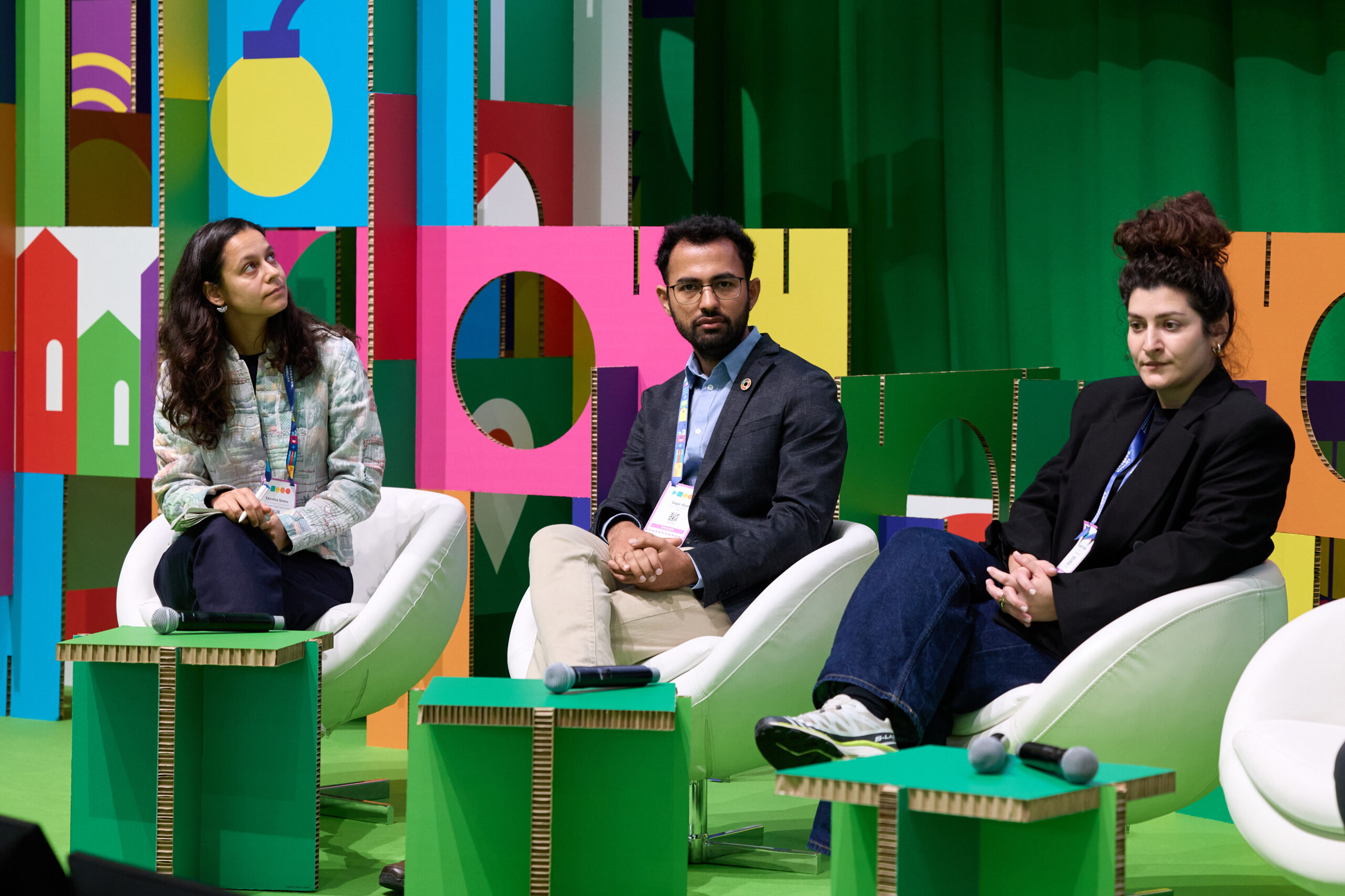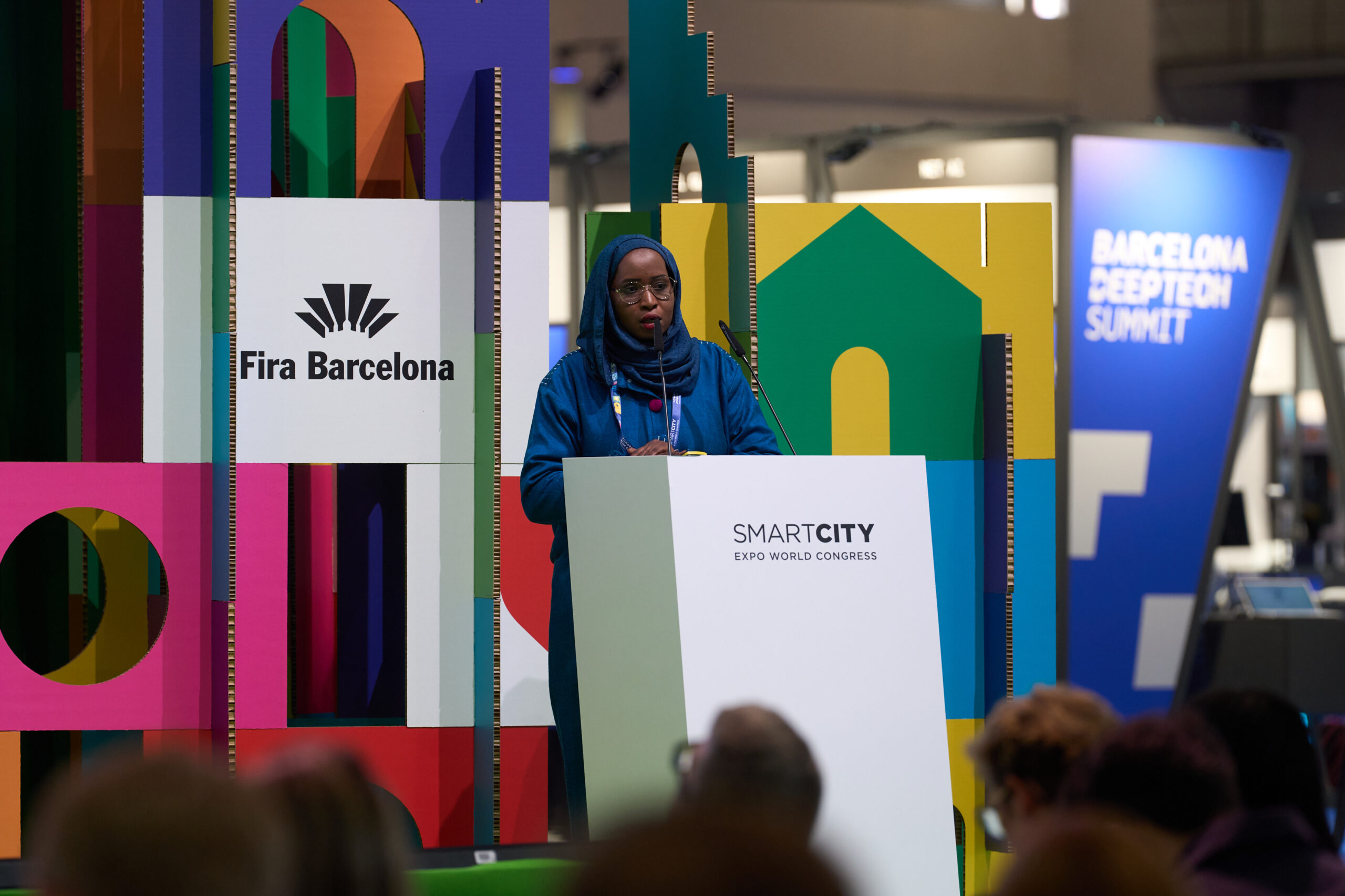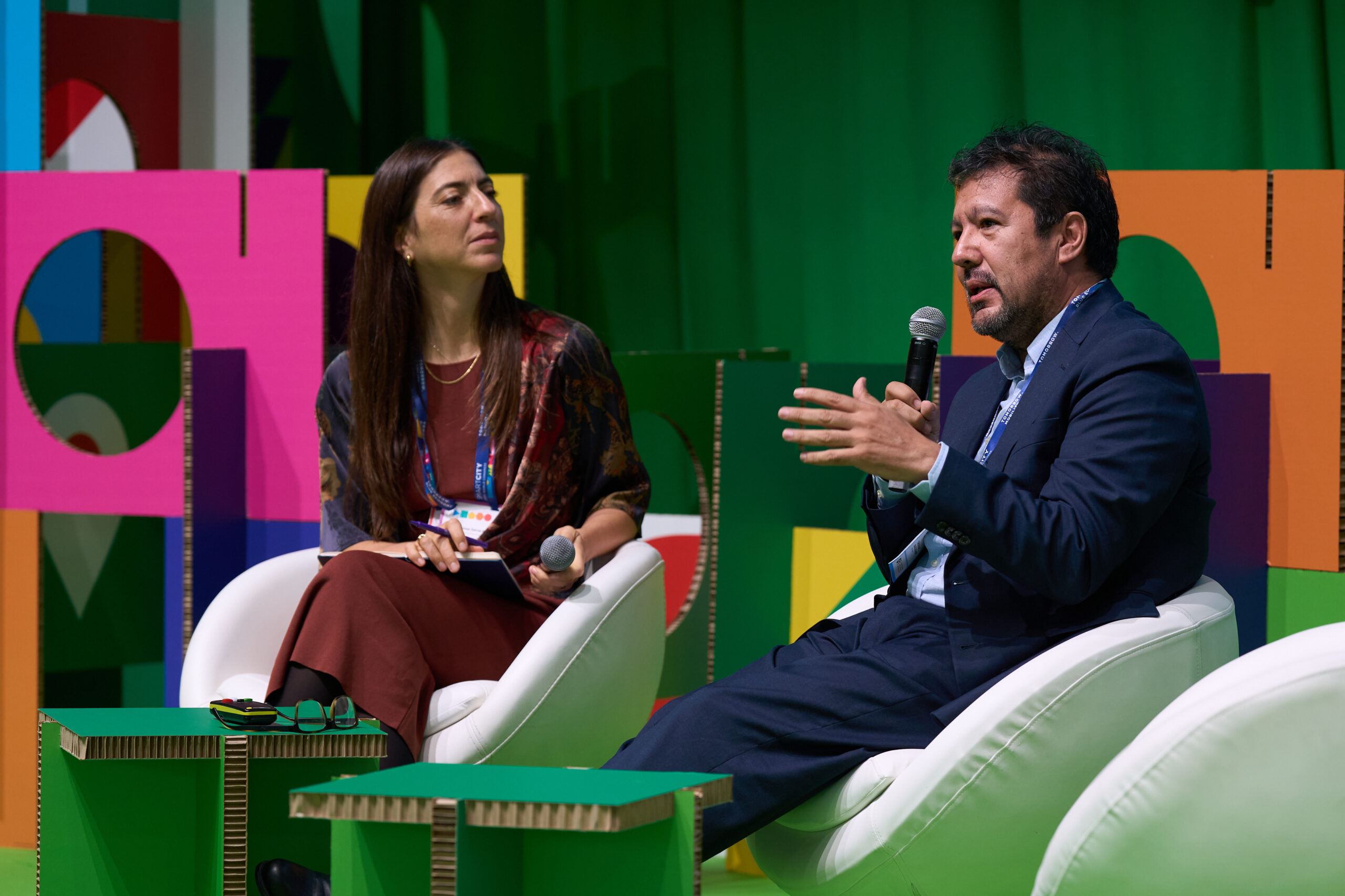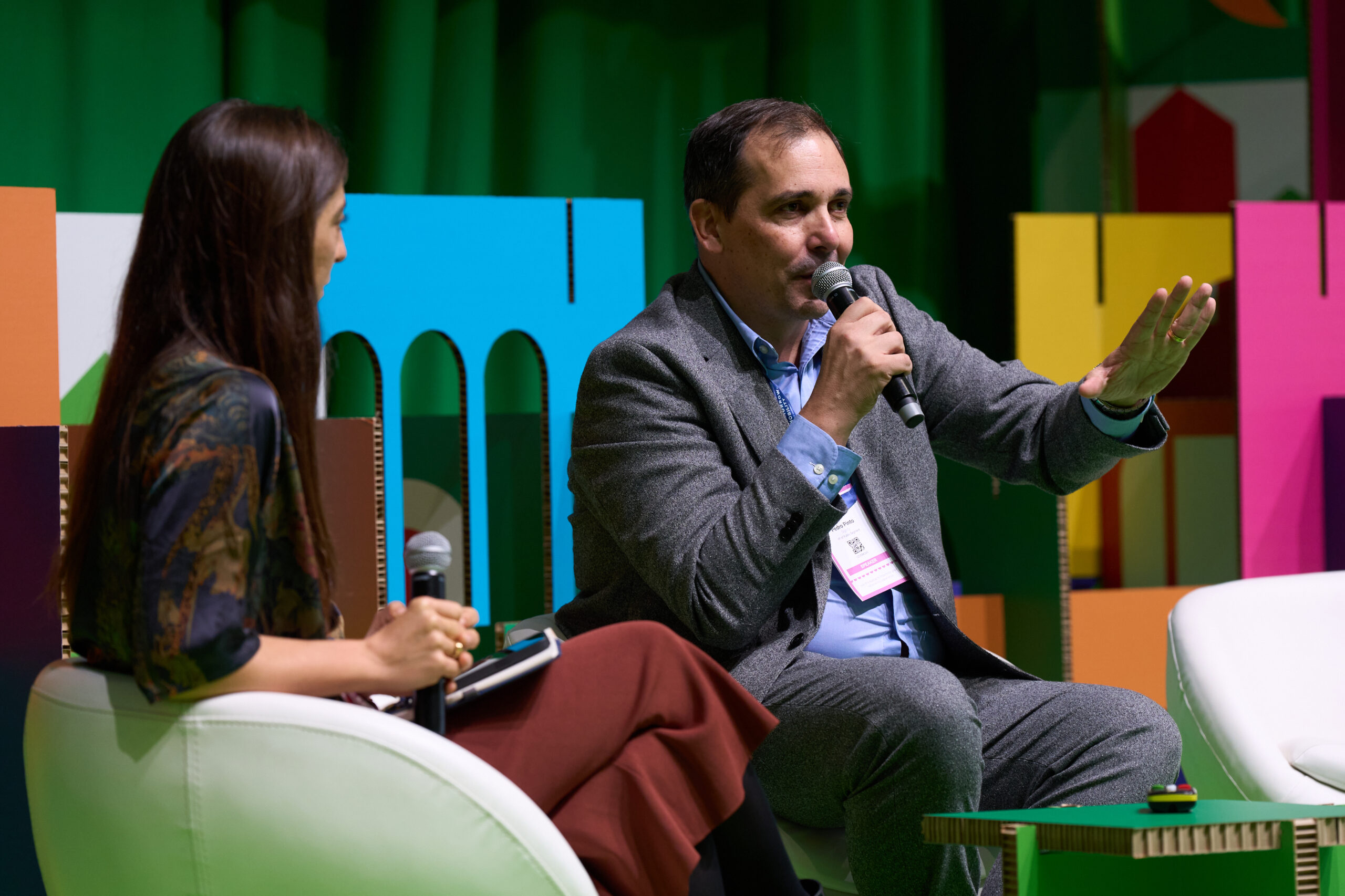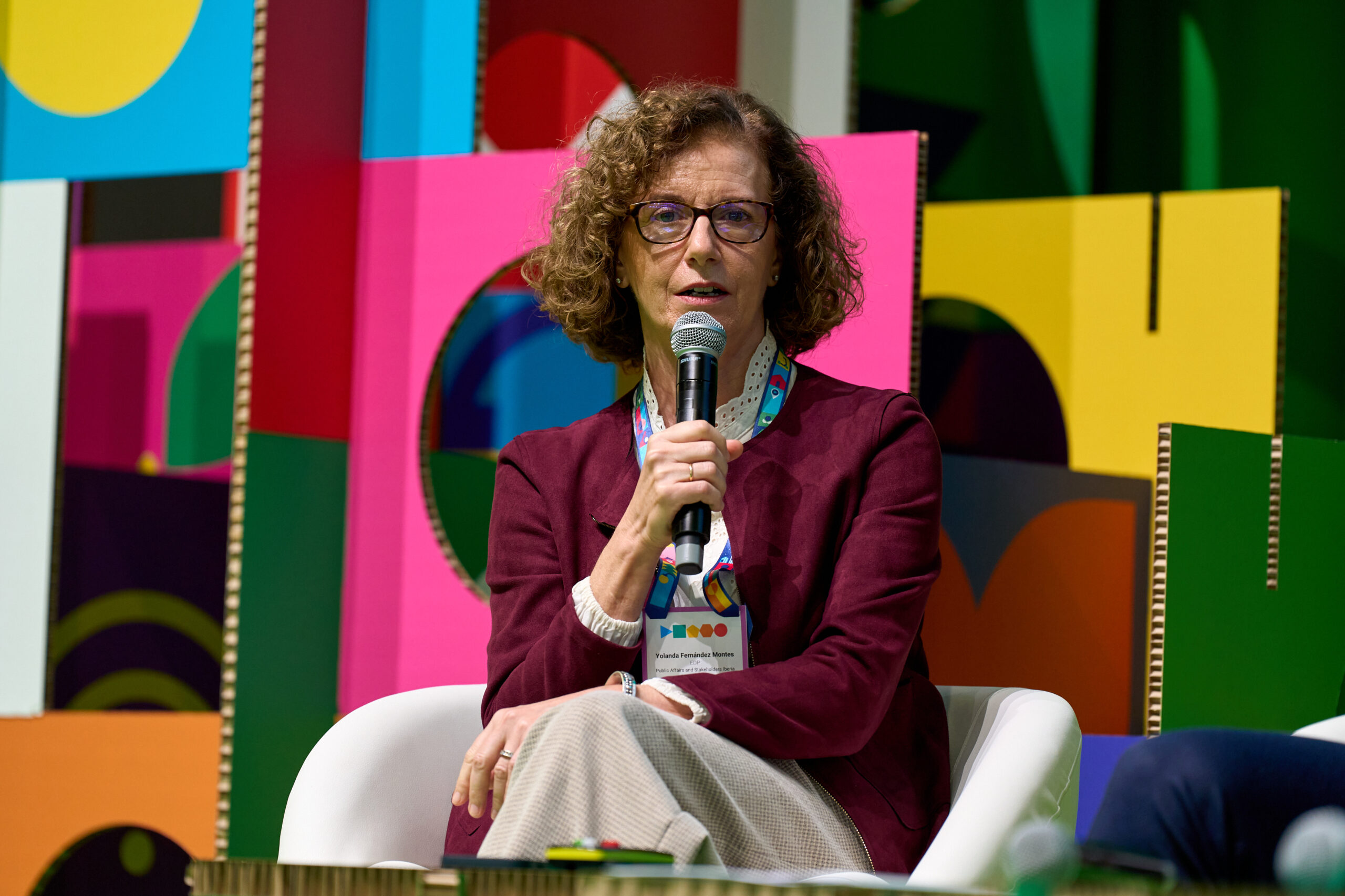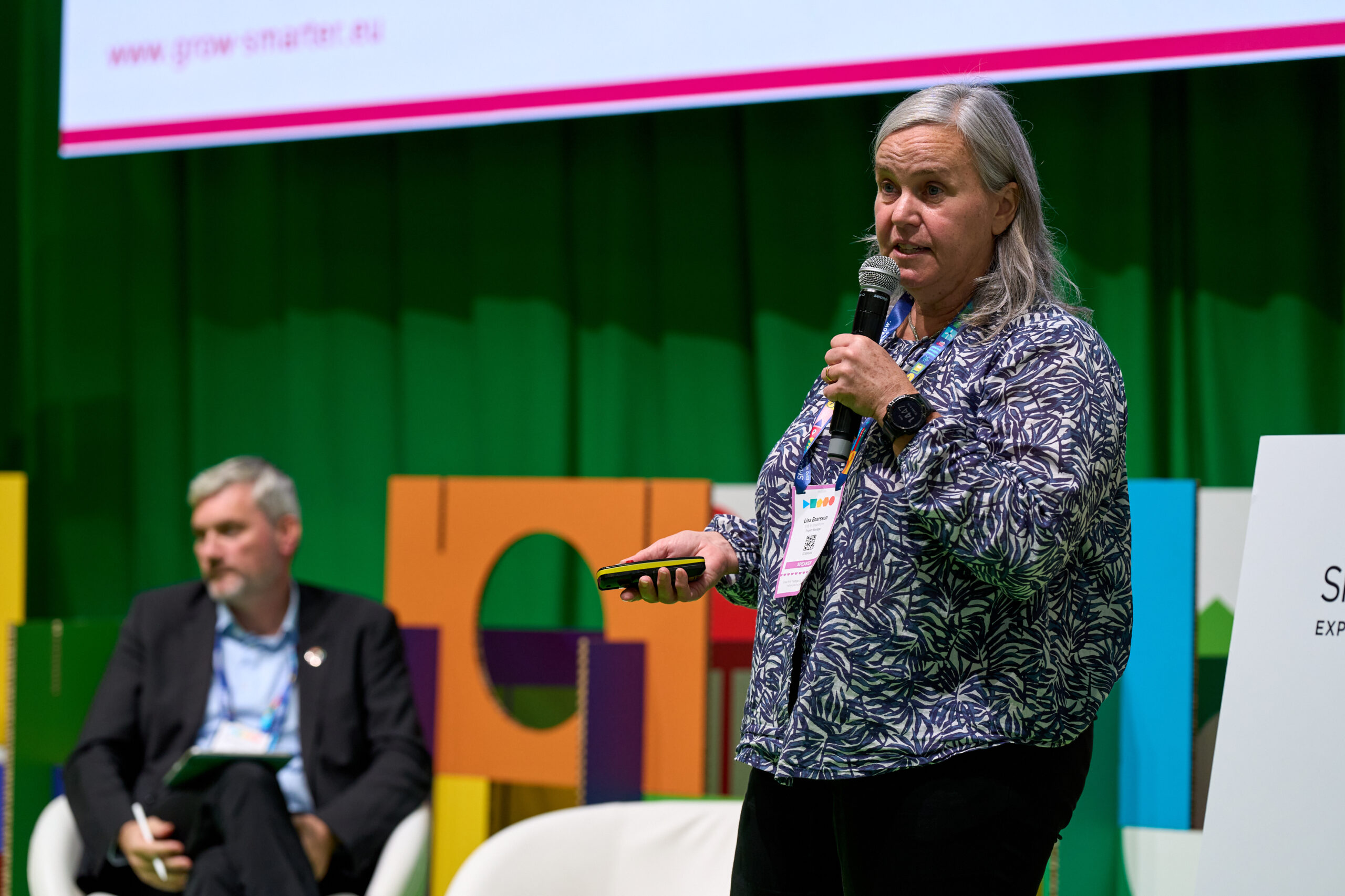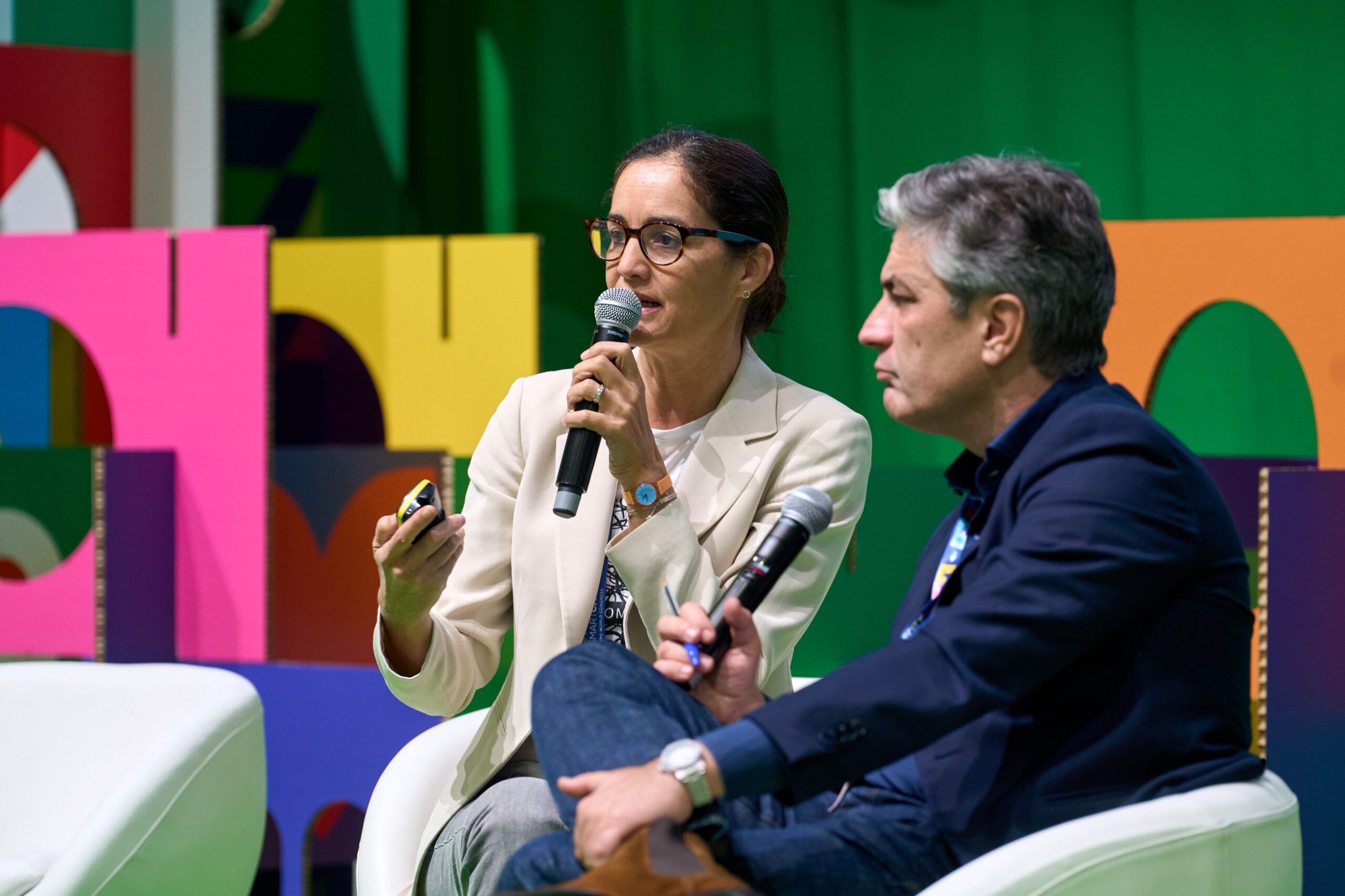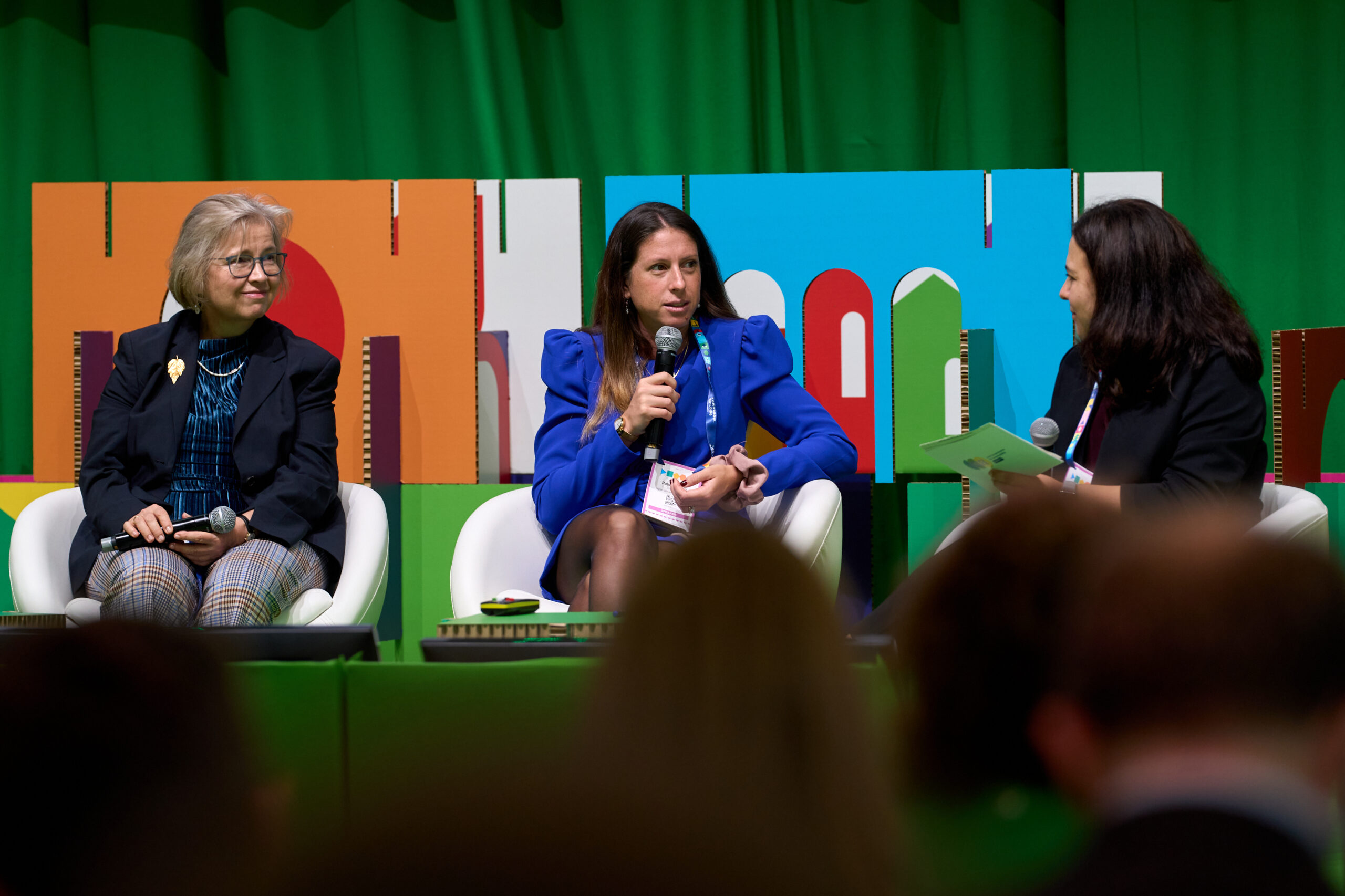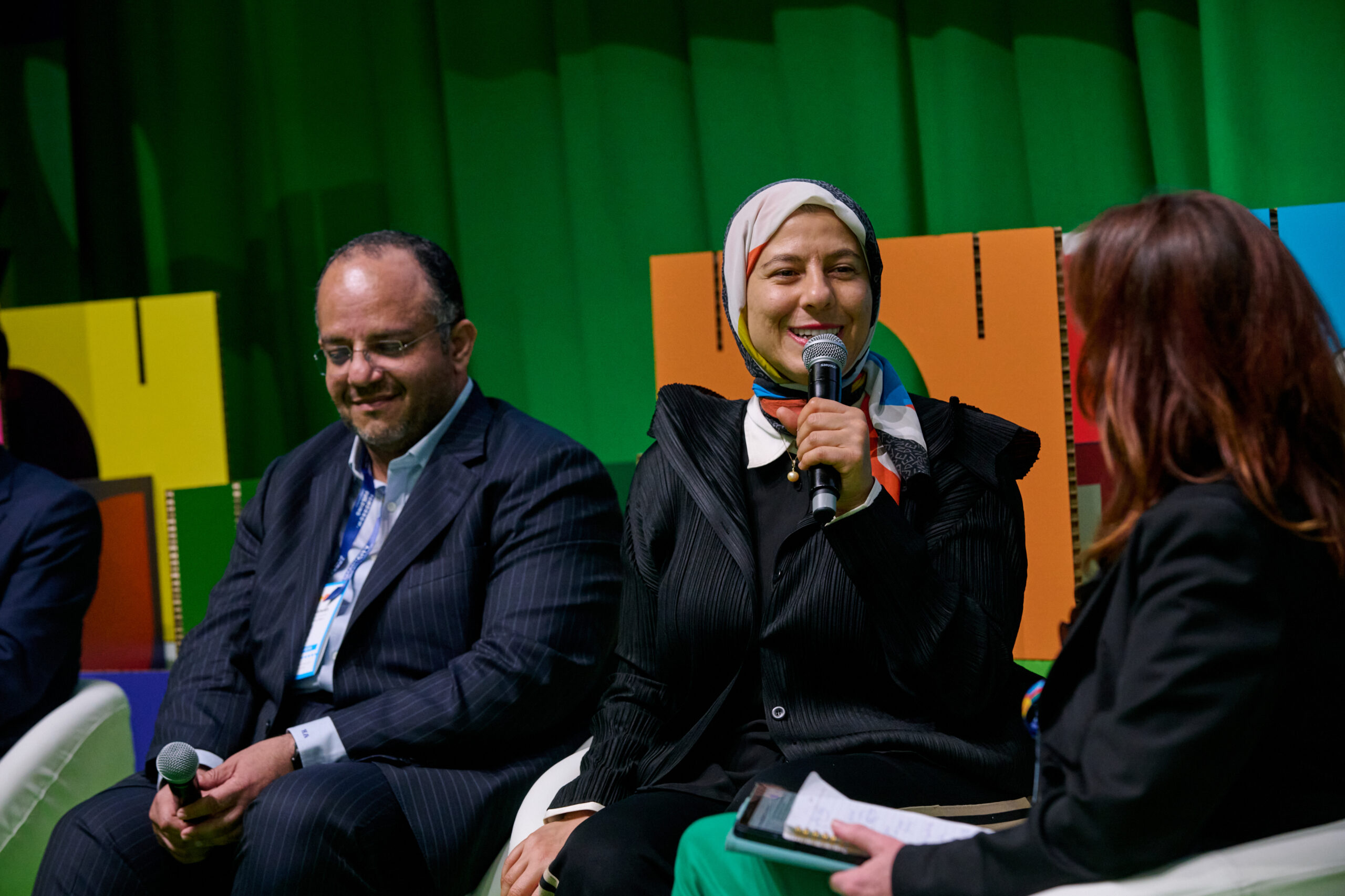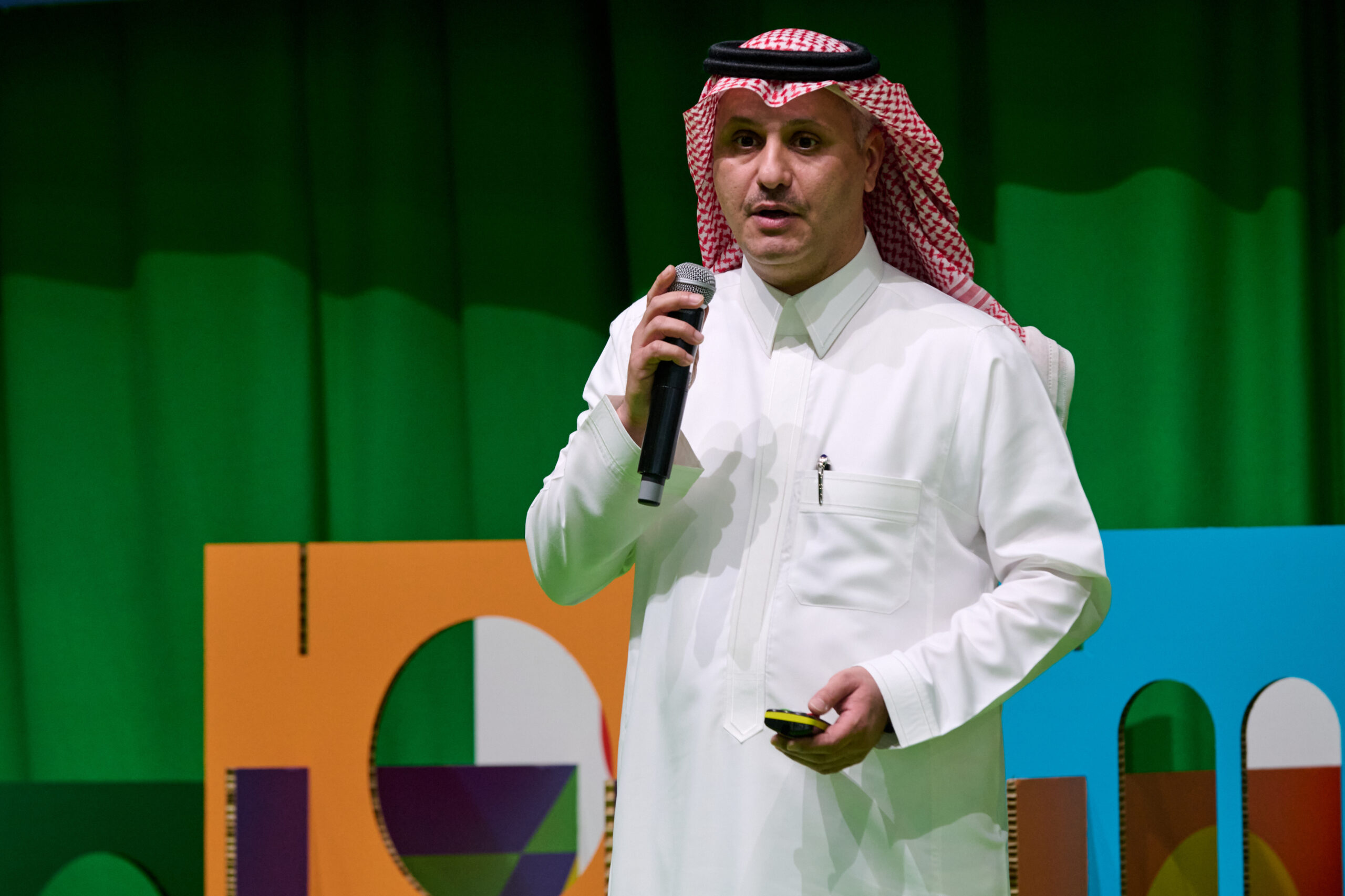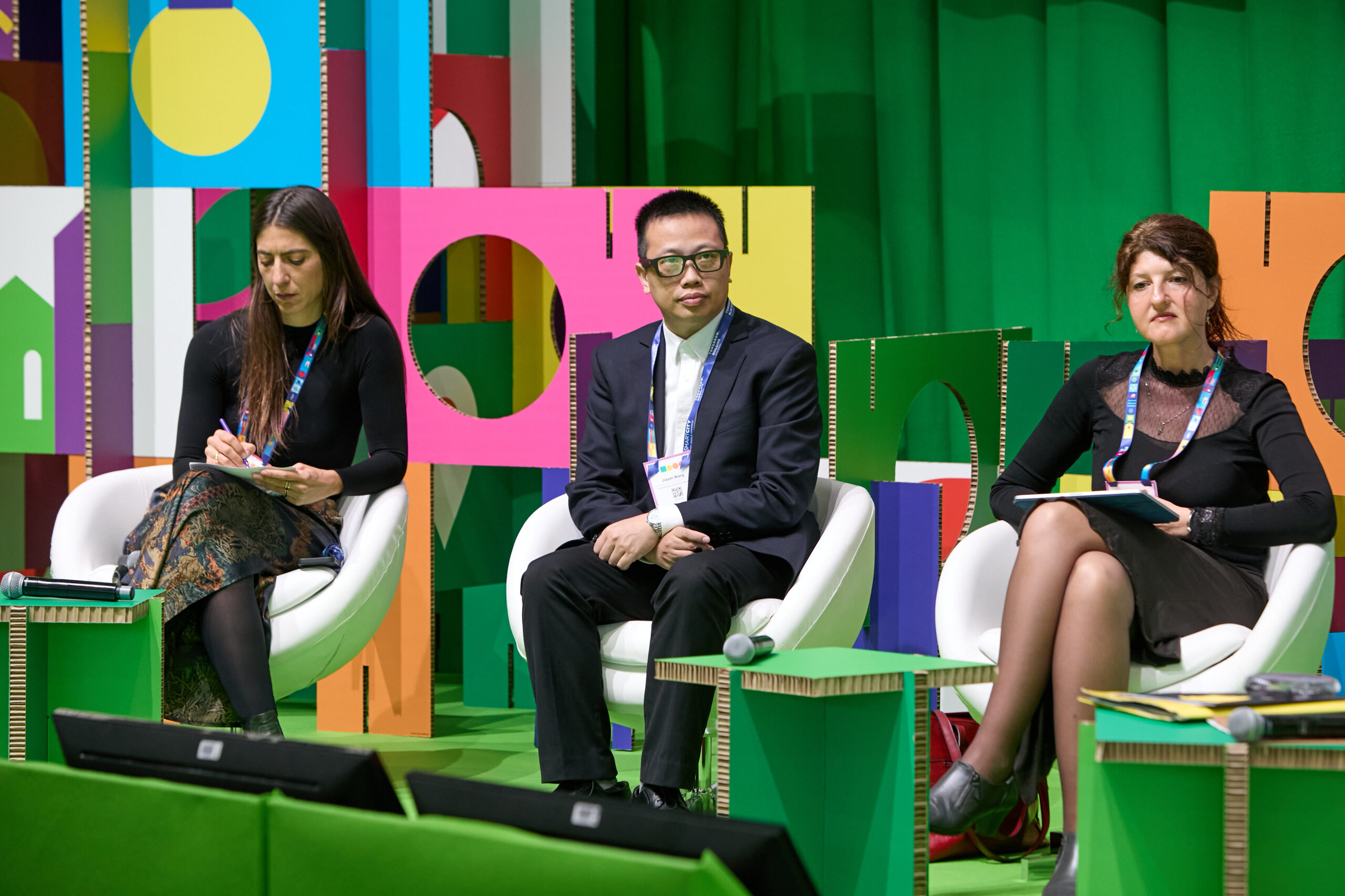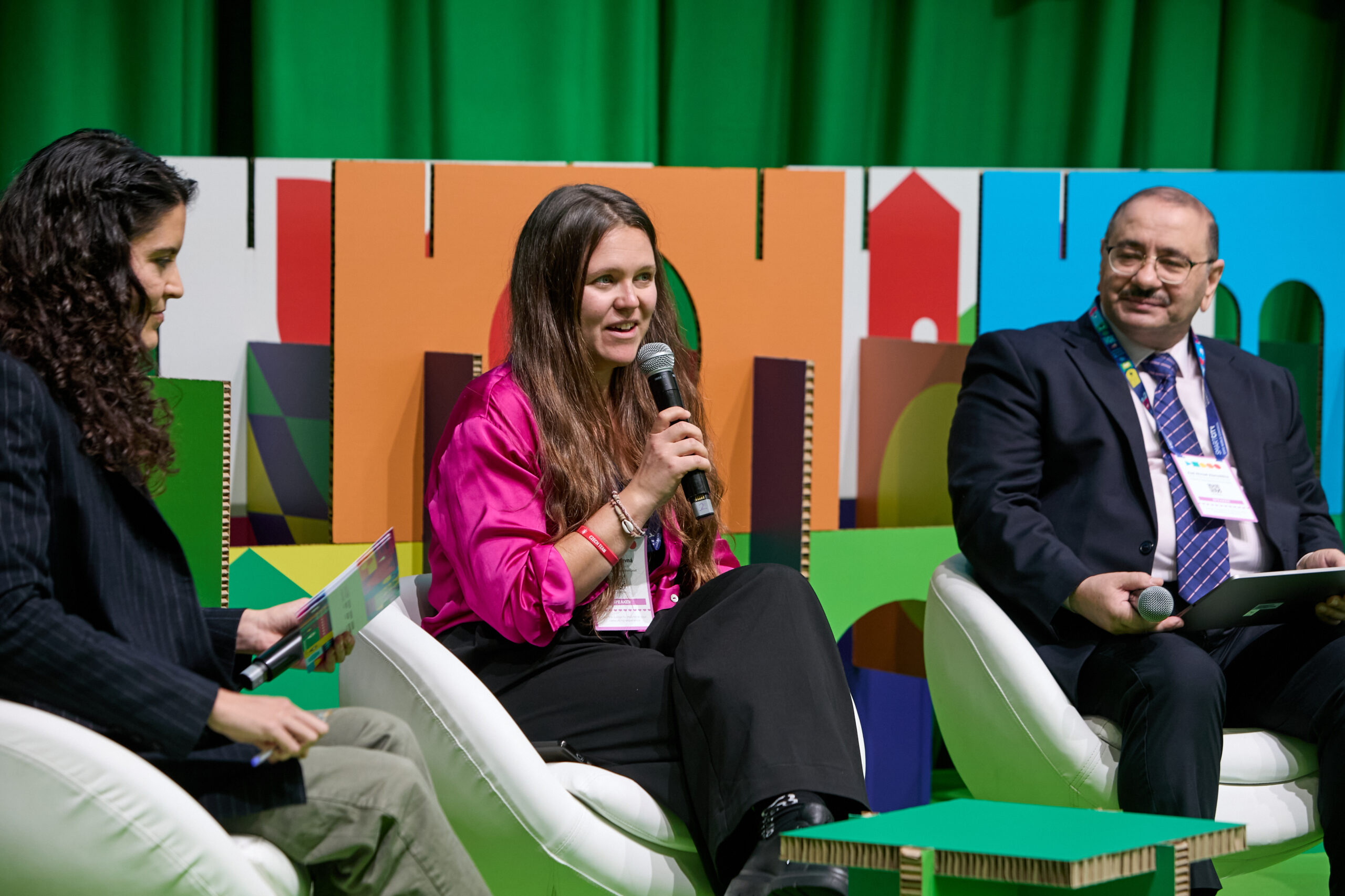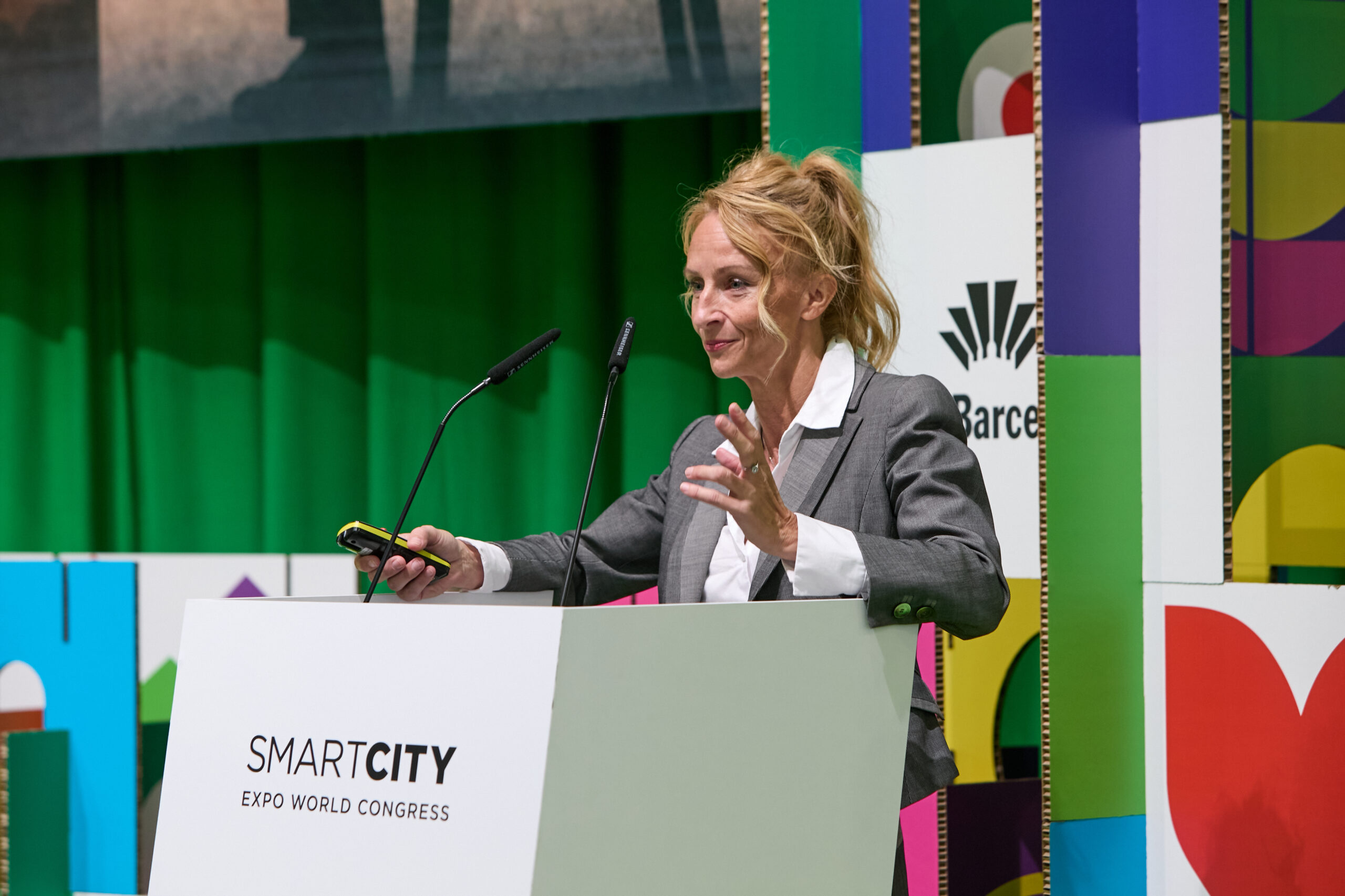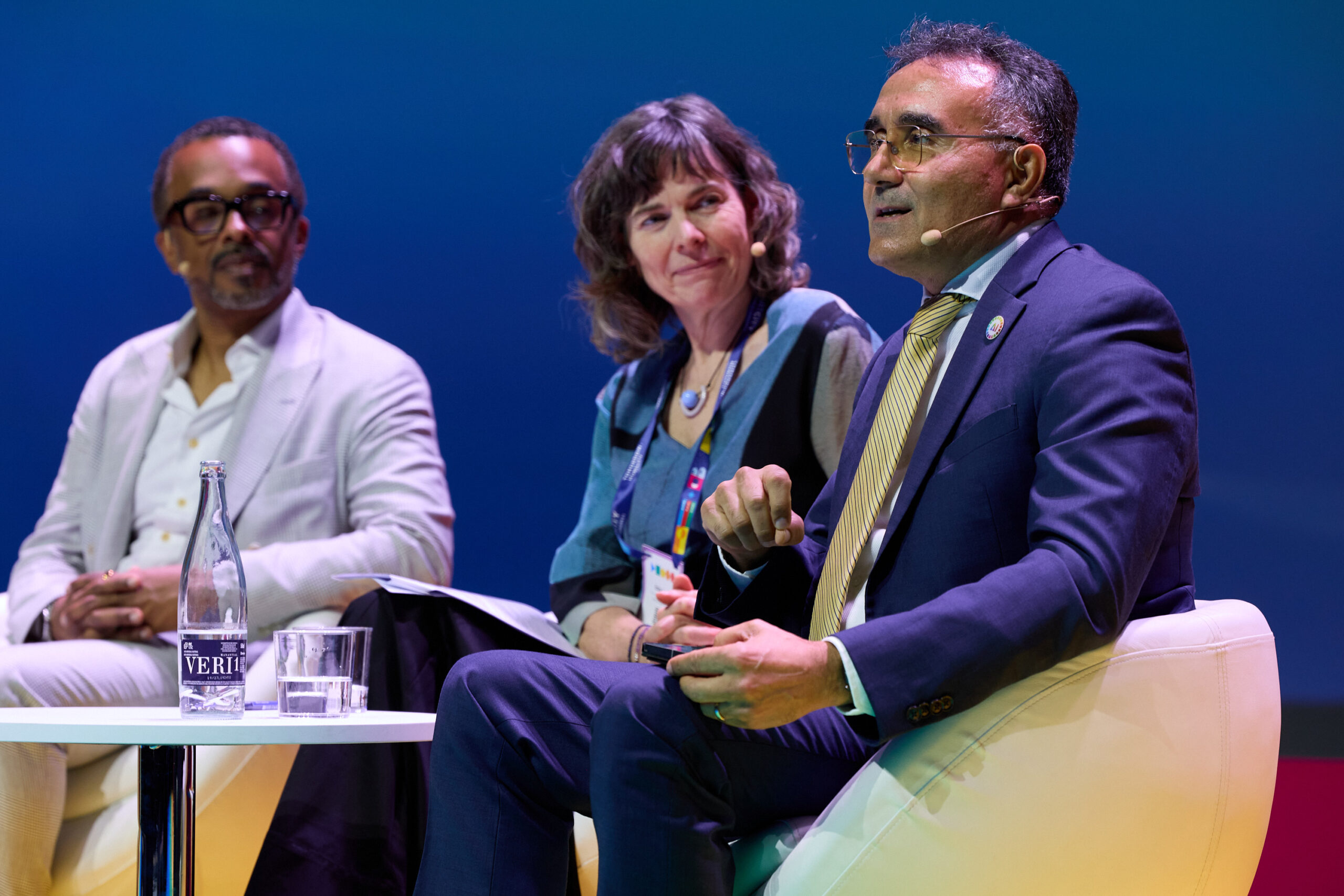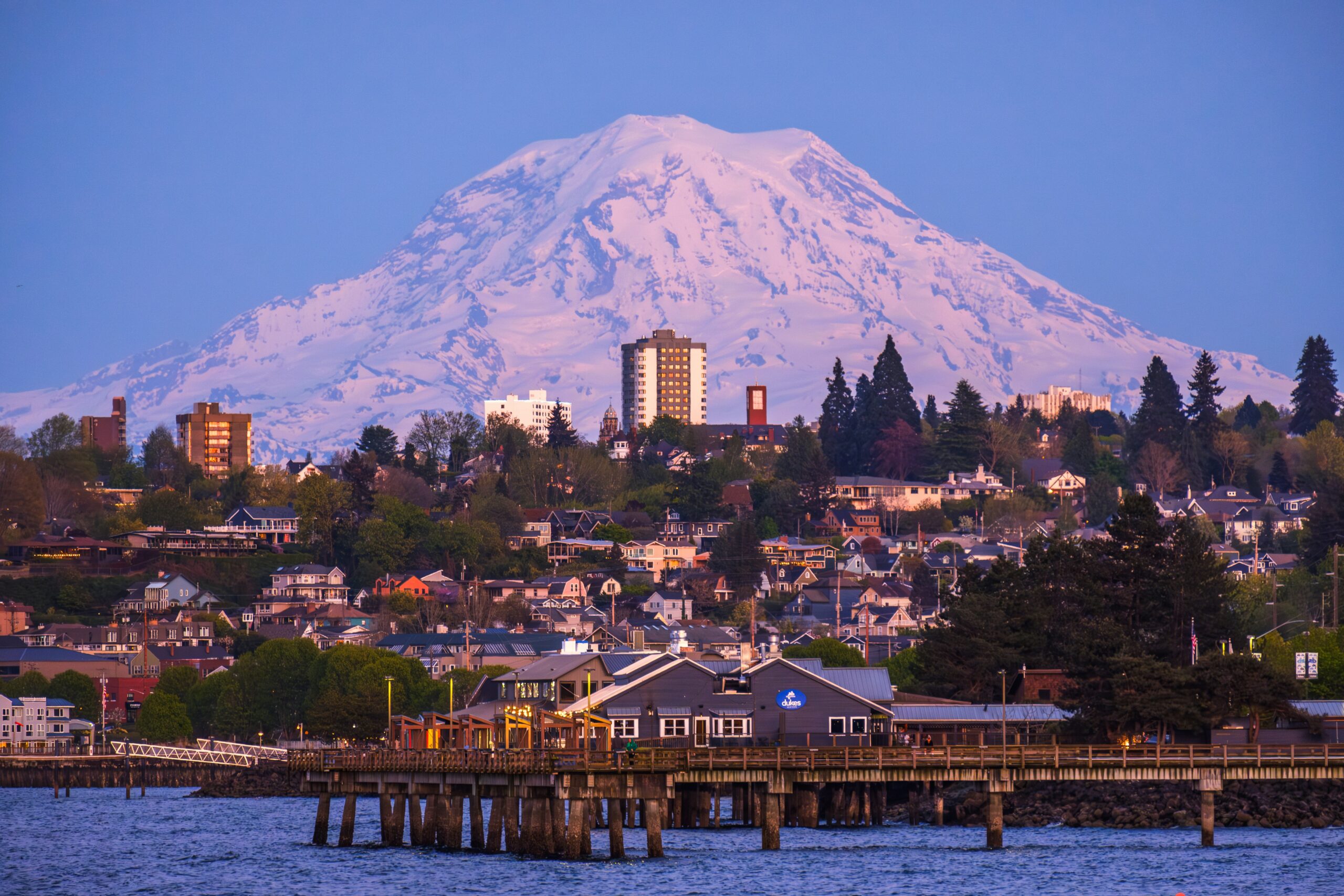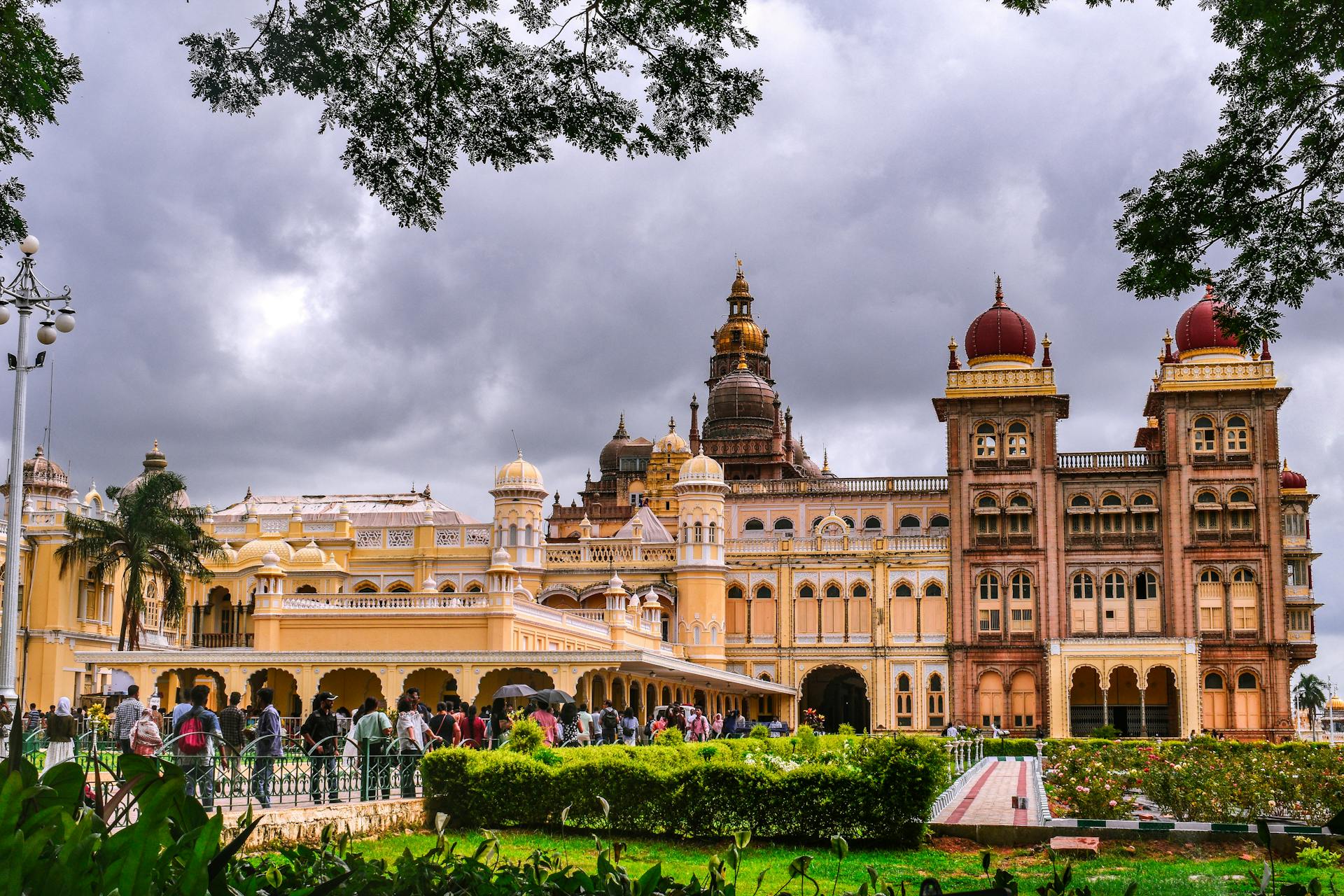Author | Tania Alonso Cascallana The agricultural sector is the largest employer in the world. It is estimated to provide work and income to at least 40% of the existing population and is considered to be the main livelihood of the poorest and most vulnerable communities.In the coming decades, agriculture will face significant challenges. On the one hand, feeding a constantly growing population, which will mainly be based in urban areas. On the other, mitigating its impact on the environment in order to slow down the effects of climate change. And, lastly, combating the consequences of the latter, which will have a major impact on developing countries.One of the solutions put forward to tackle this situation is to transform the sector. Designing a smart and intelligent style of agriculture, which reduces its environmental impact, and improves the situation of the communities working the land: climate-smart agriculture.
What is climate smart agriculture?
Despite what its name may suggest, climate-smart agriculture (CSA) does not refer to a technique or innovative technology solutions. It is an approach designed to identify production systems that are suitable for a context marked by climate change.According to the Food and Agriculture Organization of the United Nations (FAO), the three main objectives of climate-smart agriculture are: to increase agricultural productivity and incomes; build resilience to climate change; and reduce greenhouse gas emissions.One of the main guidelines of this approach is for production techniques to be adapted to the local characteristics and conditions of each place. In the search for sustainability, it is important to take into account the climate, productive and economic context of each area. And not just that: also the social, political and cultural characteristics of the workers in each region.Accordingly, climate-smart agriculture combines human rights, gender issues, education in agricultural, political and economic subjects, among many others. Its results also lead to transversal benefits.An example is women’s empowerment. According to UN figures, if female farmers had the same access to resources as men, the number of hungry people in the world would be reduced by up to 150 million.
How is CSA related to sustainable agriculture?
One of objectives of climate-smart agriculture is to obtain the better results by minimizing resources. Today, the rhythm of the agricultural sector is unsustainable for the planet. It is the cause of land desertification, the depletion of natural resources such as water and the loss of a considerable part of our biodiversity.In order to reverse this situation, we need to reduce the external elements such as energy, fertilizers and chemicals used in farming, implement innovative solutions such as solar technologies and resilient practices that contributed to maintaining the ecosystems and that gradually improve the quality of the soil and the earth. In short, for all the processes to be environmentally sustainable.To do so, it is essential to provide local communities with the tools and resources required to correctly manage their land. In many cases, it is also important to take into account their knowledge: the combination of traditional methods, new techniques and the use of smart farming technologies, is key to achieving a sustainable balance.
How does climate smart agriculture help tackle climate change?
According to figures by the IPCC, agriculture, forestry and other uses of the land, account for 24% of greenhouse gas emissions worldwide. Particularly, methane, carbon dioxide and nitrous oxide. However, if the situation were to be reversed, the sector could be a powerful element in the fight against climate change: maintaining healthy soils and forests would allow carbon to be stored and halt the increase in temperature.Implementing a suitable production, transport and consumption system, would allow the emission of greenhouse gases to be reduced considerably. To achieve this, we need to reduce food loss and wastage and foster sustainable patterns of consumption.According to the European Environment Agency, emissions can also be reduced by increasing the efficiency of meat and dairy production, by capturing the methane in manure and improving the integration of innovative practices.
After its implementation: stories from Kenia and Bangladesh
A pilot project served to optimize the work of dairy producers in the Great Rift Valley (Kenya). Around 4,500 farmers used different analyses and tools to limit the carbon footprint of their activity without seeing a drop in productivity.In four years, they managed to improve forage production and livestock and manure management, thus reducing greenhouse gas emissions.Furthermore, thanks to these changes, farmers increased their revenues with fewer cows. Today, the conclusions obtained from this project are used to improve dairy production in other parts of the country.Thousands of kilometers away from the Rift Valley, in Bangladesh, another project designed by the FAO has provided farmers with the tools required to adapt to a changing climate. In this Asian country, the increase in storms and rainfall is causing an increasing number of cases of serious flooding. This restricts the ability to work crops on the land.As a solution, farmers have created floating farms using organic materials. They cultivate up to 30 species of vegetables on these floating farms, which guarantees them food and income during the flood season.The Bangladesh cases illustrates the importance of adapting to the conditions of each place when it comes to combating the effects of climate change. It is also essential to do so when looking for strategies to halt it. This is precisely where climate-smart agriculture comes into play. In any place in which it is still possible to optimize productive systems a little more to make them more efficient and responsible with the environment. Images | Loifotos, Eddie Kop









